Going Custom: Part 3: Design
This is part 3 of the Going Custom series on the adventure of getting a custom road bike.
I have been emailing back and forth with Jim Kish, the builder about some design issues and we spoke today to clarify some things.
Based on my Serotta fits, the detailed dimensions of my last two road bikes, and all my ramblings on the kind of bike I'm looking for, Jim came up with a very initial design.
ST length c-c 49cm
TT length (effective, c-c) 51.5cm
HT length 14cm
ST angle 73
HT angle 73
BB drop 7cm
Stem length 11cm (80 degree)
Fork rake 4.5cm
He said that this design should do a few things for me.
1. Standover should be fine, slightly less than Primus Mootry, a bit more than the Moon.
2. Longer head tube length should allow you some freedom with spacers/stems, it should require (approx, depending on stem profile) 1 cm worth of spacers to put you at your previous position of the PM bike.
3. ST length coupled with HT length puts the TT slope at 7.5 degrees, which should follow the angle of your stem very closely (A Thomson stem, for example, in the 80- degree position leaves you with a 7 degree slope). I am hesitant to use less slope only because it will come at the expense of standover, and as it is standover sits at 77.5cm.
4. TT and stem length now work a little better together, you don't have either scenario of you last bikes that would throw off weight distribution or aesthetic.
Jim also asked a few more questions...
How many water bottles do you need to carry?
Do you need rack mounts?
What dropout do you prefer? I use either Breeze-in hooded drops or Salsa
The Breeze in dropouts are the hooded ones like are on the Ti Bike:
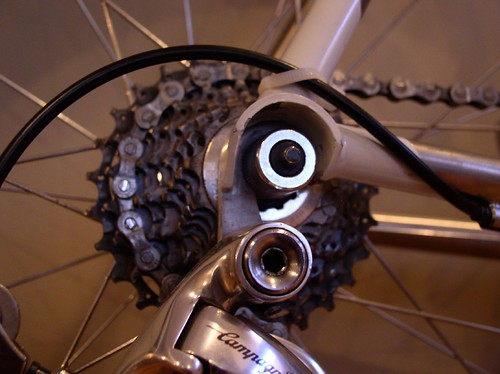
The Salsa ones look a little awkward by themselves:

But one a bicycle they look nice:

The hooded Breeze in ones are nice but they give a heavy sort of look, where the Salsa ones look light and cleaner. So I am going with the Salsa. Also setting a QR on the hooded ones takes some getting used to as the QR goes down and forward, but that isn't a big deal. But I think the character I'm trying to get with this light, thin tubed steel frame would go better with the Salsa drops.
I am going with NO rack mounts.
2 water bottles but we are going to put the cage on the seat tube up higher above the front. der. clamp. The bottle location on the Ti bike
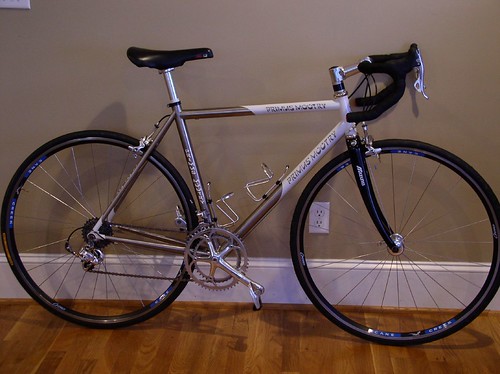
is so low that I couldn't even get a small bottle out and had to use a big bottle.
That really bugged me.
I took the above dimensions and entered them into BikeCAD which is a free bicycle designer. The pay version gives you a lot more functionality, but this one is fun to play around with.
The design comes out really cool.

What is really interesting is that the design calls for a -10degree stem.(*NOTE that a lot depends on how stem manufacturers describe their stems. Typically a -17 degree rise stem is horizantal when you put it on a 73 degree head tube) At first when I was entering in the dimensions it NEVER occured to me to put a negative degree. Given my issues of having to get the bar high enough always made me think of a stem with a fair amount of rise on it. The stem on the Moon was +5 as was the stem on the Ti bike. A +5 degree stem when you put it on a 73 degree head tube goes up at a fairly dramatic angle.
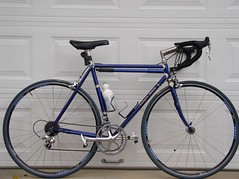
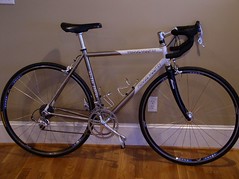
With the -10 degree stem the actual slope of the stem is almost identical to the slope of the top tube (*Maybe off by 1/2 a degree) But when you look at the bike the stem actually looks flatter. Some sort of optical illusion. The flatter look is more racier. And if you can't be fast you might as well look fast.
The biggest issue, of course is fit, and the ability to get the bars high enough. What Jim has done is increase the head tube length, increased the slope of the top tube, and also lowered the BB. All of which are serving to get the bars higher from the get go. I've got some leeway in terms of positioning the bars w/o resorting to funky stuff like lots of spacers or highly angled stems.
Right now he's calling for 1cm of spacers. I can go to 2 cm w/o it looking to weird. I can also go to a 0 degree stem which actually 'looks' more like it matches the slope of the top tube even though it is actually angled more.
We also talked about he Seat tube angle. I'm going to be using a WTB Rocket V saddle. My wife got me one a few years ago and I love it so much I got one for the hardtail, the FS and now I am going to get one for the road bike. Here is a picture of it on my hardtail which also has a 73 degree seat tube
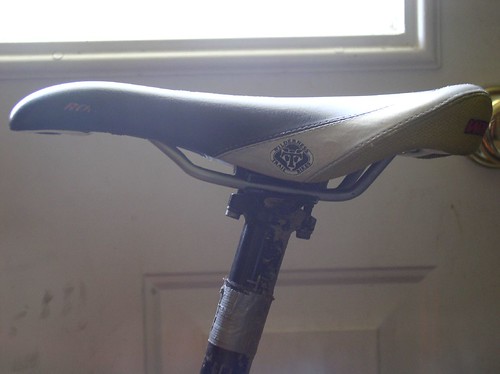
It is slightly pushed forward on the rails in order to get it at the right setback that places my knees in the right position relative to the pedal spindle. I was wondering about steepening the seat tube angle to center the saddle in the rails more. Also note this is used on a Thomson seatpost with small setback. Jim said that a rule of thumb is that for each degree things move about 20mm. And at this size of bike he felt that it wasn't a good idea to go to 74 STA. 73.5 maybe. The saddle placement isn't bad in terms of where it is on the rails, so I decided to keep it as is.
We talked a lot about the handling characteristics. I'm looking for a neutral bike but one that still has some get up and go. Jim is shooting for a 58-60 trail to give that kind of ride. It's a lot more complicated than that of course. There are so many factors that go into the design. Head tube angle, fork rake, stem length. And things change when designing a smaller frame as well.
With regards to fork, I wanted to hear it from the builder whether a steel fork or carbon fork was better in terms of the ride quality and handling. You hear so much from purists on the forums about a good steel frame needing a steel fork, etc. He said that it doesn't matter. As long as the rake and Axle-crown match the frame design the ride and handling will be pretty close. The steel fork will damp road shock a little more but the carbon will feel stiffer/snappier. The biggest thing really is cost, weight, and aesthetics.
Weight is the biggest one. Probably a 300-400gram difference. 2/3+ pounds.
Aesthetics is also the biggest. I've really liked the straight blade forks on bikes like this:
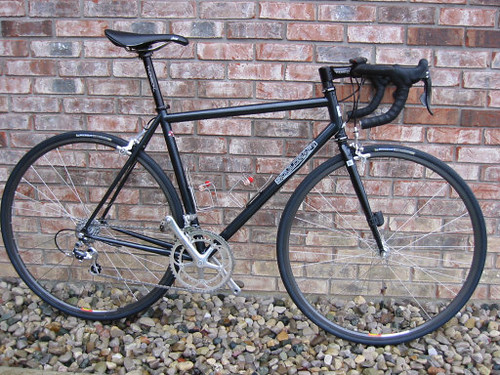
Something about the straight blade and the small tubes on the fork going with the frame. And a painted to match fork also just goes right. It costs more to paint a carbon fork because it has to be wet painted and can't be powdered with the frame.
Here is the bike CAD with a straight blade fork:

Aesthetic wise a thin tube straight guage fork looks the best. But is it worth a pound and possibly higher cost.
Regardless I need to decide because the actual fork has to be known to build the frame properly due to the axle-crown height.
The design currently is drawn around a 45mm rake, but it can be tweaked to work with 44 or even 43. But I guess with a frame this size a higher rake is desireable to achieve the right trail and handling characteristics. The whole are of bike design is something that fascinates me, and I hope to be able to gain a better handle on it in time and if I ever pursue my dream of framebuilding.
Alpha Q carbon forks are straight blade. But they come in a 44rake. Woundups are an option but they are in a class bythemselves. I like the look of the Eastons.
Comments on fork selection?


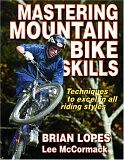
3 Comments:
What is the price range you are going to be paying for this frame?
$1300 for columbus Life Tubing
single color paint
$1000 for zona, but I am pretty sure I'm going for the Life given my size.
I should bust out my camera for ya. My wifes bike (Tet cycles) has a straight blade steel fork and I couldn't imagine having a fatter carbon fork on her bike. Keep the whole bike steel.
Bear
Post a Comment
<< Home